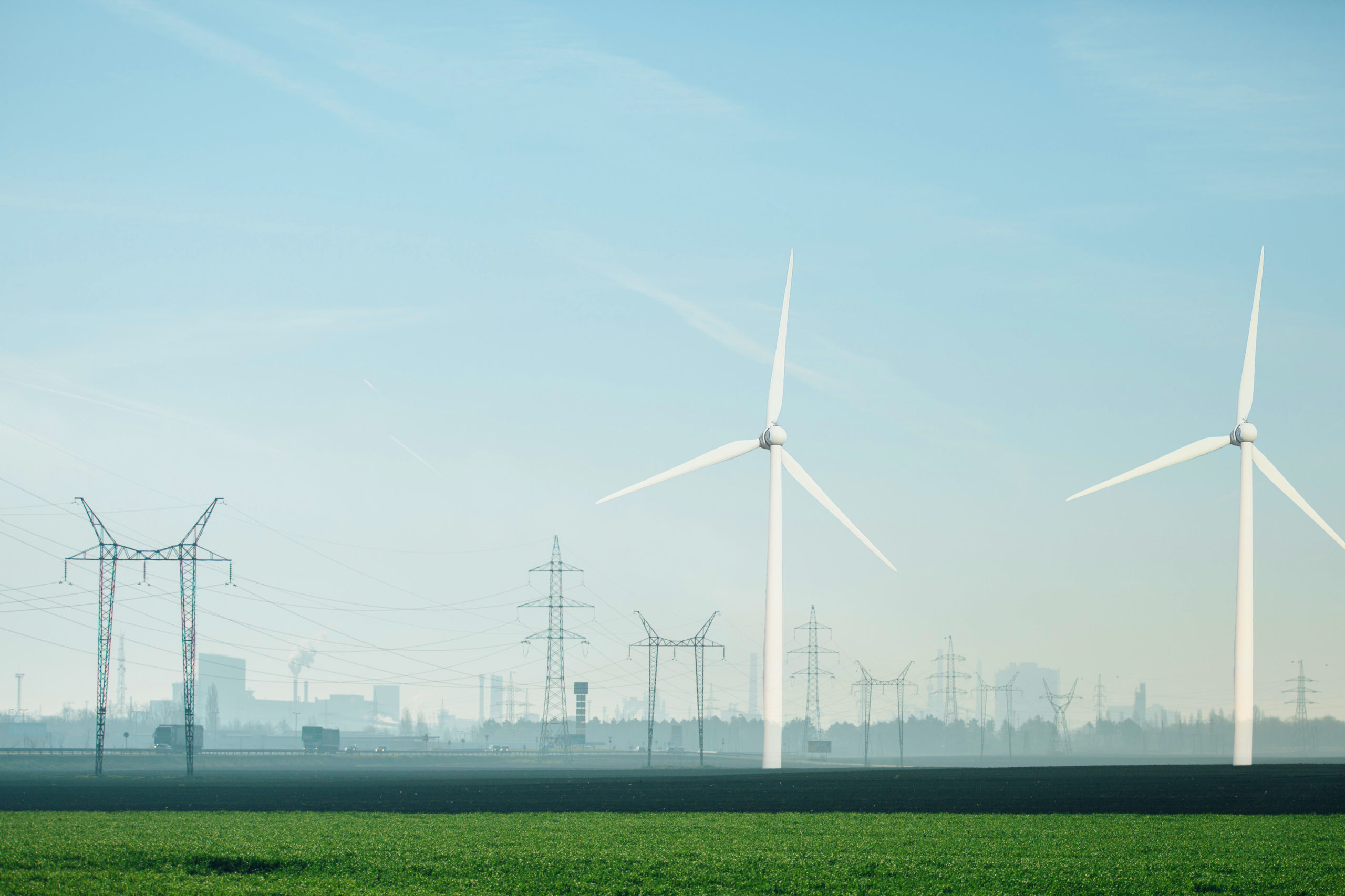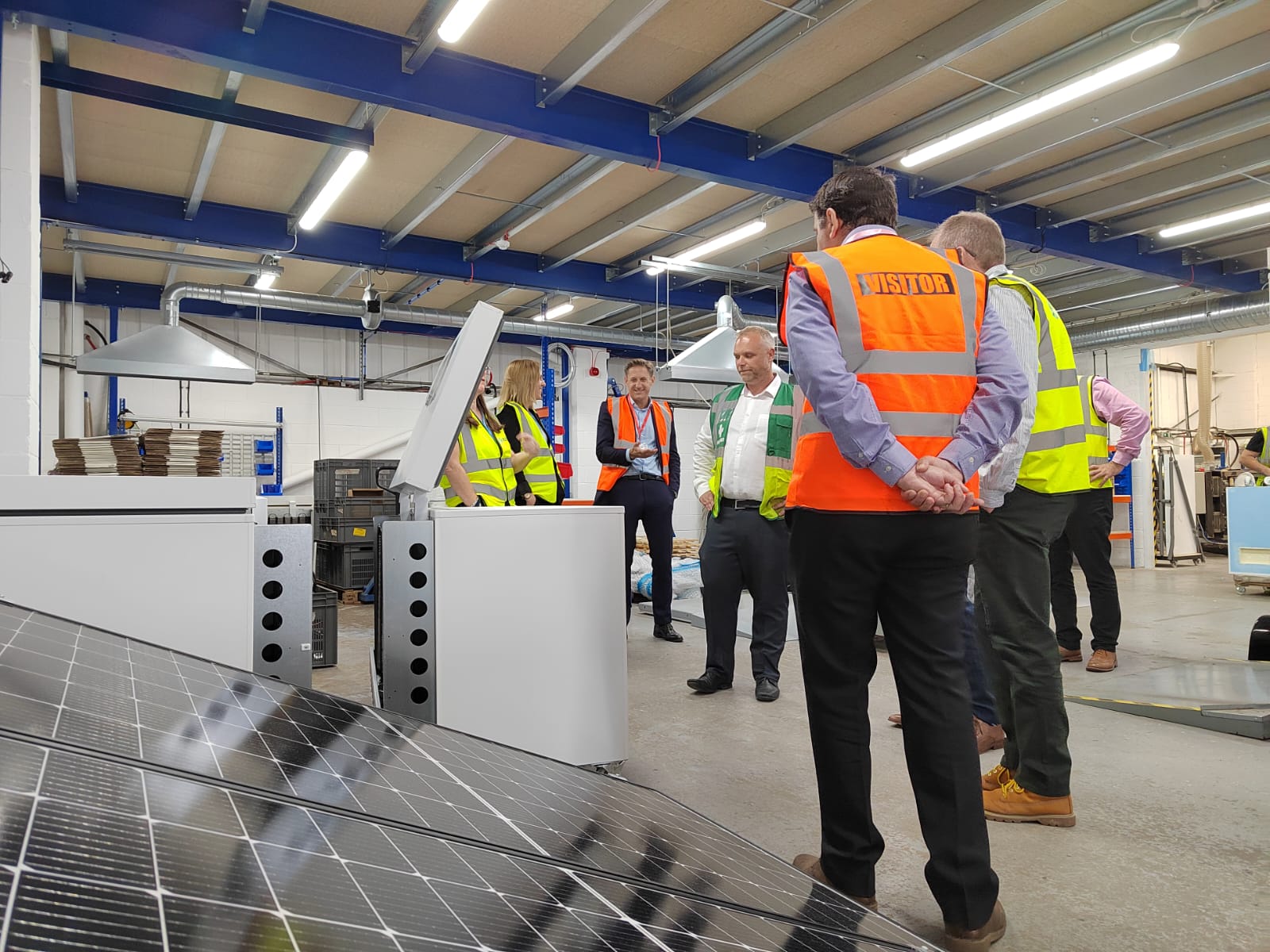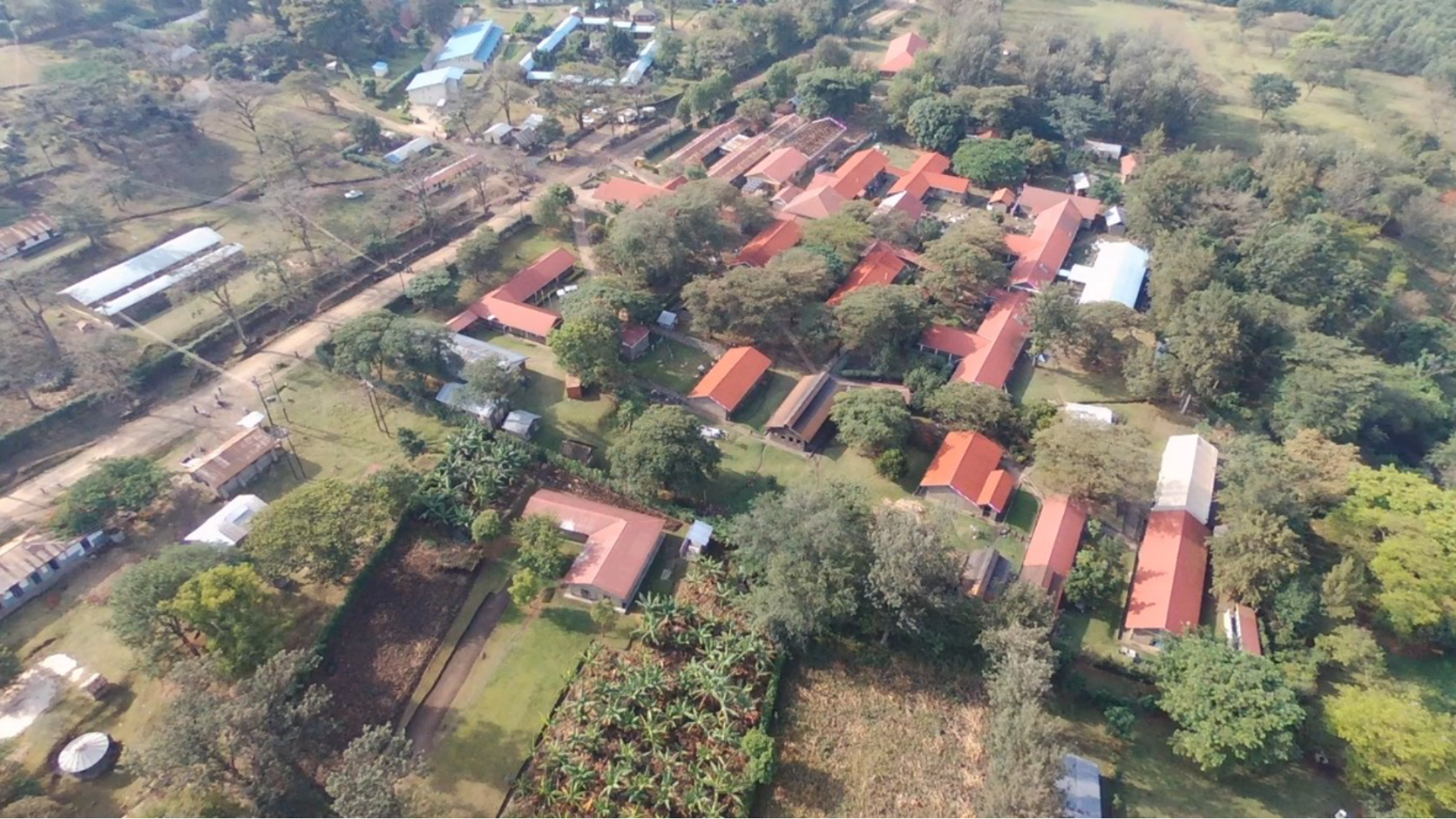The scale of transformation required to deliver on Net Zero goals is immense and the current energy crisis has impressed on us even more how important it is to have a secure, local supply of green energy. In the UK, we have a host of renewable energy resources available on our doorstep, as well as willing investors and experienced developers with capacity to do much more. To fulfil this potential, we need a grid that can deliver, however, the reality is that the UK network is still playing catch-up, and in many cases it is structurally ill-equipped to respond to the appetite for green energy.
At the end of June, as part of draft plans for the electricity distribution price controls (RIIO-ED2), Ofgem published its draft five-year plan for building sustainable and affordable regional energy grids. The plan, which will run from 2023 to 2028, aims to boost grid capacity, improve customer service and resilience to prevent power outages, and pave the way for greater generation of cheaper, greener, local energy. According to Ofgem, this will be done by imposing tough efficiency challenges on network companies and lower returns for investors, rather than passing the cost onto the consumer.
What is the RIIO-ED2 price control?
The RIIO-ED2 price control sets the outputs that the fourteen electricity Distribution Network Operators (DNOs) need to deliver for their consumers, and the associated revenues they are allowed to collect, for the five-year period from 1 April 2023 to 31 March 2028. The average customer currently pays around £100 per year towards the costs of operating, maintaining and reinforcing these local grids which are essential to the supply of electricity. Ofgem is responsible for ensuring that consumers get value for money and that costs are kept to a minimum while allowing funding for the improvements needed.
Ofgem’s draft programme features £20.9 billion of funding. This includes £2.7 billion of upfront funding to boost grid capacity to support the rollout of electric vehicles (EVs), heat pumps and the connection of more local, low carbon generation such as solar, wind and battery storage.
District Network Operators
DNOs published their business plans in December 2021. They committed to:
• Support the energy transition, including the shift to electric vehicles and accommodating greater numbers of heat pumps and renewables.
• Support customers, particularly those in vulnerable situations, through measures such as the Priority Services Register.
• Enable the sector to continue to be a global pioneer for innovation over the next five years, digitalising systems and processes and using grid capacity in smarter ways to reduce the need to build new infrastructure in some areas.
• Deliver enhanced resilience and reliability to communities following the Storm Arwen review published by Ofgem and support the government’s ambitions for a secure energy future.
The Energy Networks Association (ENA), which represents GB electricity distribution network operators, has said Ofgem’s draft determinations for the RIIO-ED2 Price Control will need more work to deliver the investment needed for Net Zero.
David Smith, Chief Executive of Energy Networks Association (ENA) said:
“The final determinations will need more work to give us confidence that RIIO-ED2 will be compatible with customers’ expectations of an energy system that enables the transition to Net Zero. We will work with Ofgem over the coming months to meet this challenge.
“As record numbers of electric vehicles, renewable energy and heat pumps are introduced to our energy system, the ED2 Price Control period is crucial, recognising the scale of transformation and the leading role networks will play in enabling decarbonisation.
“As well as supporting the burgeoning ways in which low-carbon technology is utilised through flexibility and innovation, networks need both sufficient certainty and agility around investment to meet the scale of the challenge at the time customers and communities need them.”
Why the grid is essential
Net zero cannot be achieved overnight and much has been written about needed upgrades of grid capacity to enable us to harness the natural energy resources we have available to us. There are currently lengthy connection timeframes for large scale renewable projects and many potential projects across the UK are complete non-starters because they do not have access to sufficient grid capacity. There is a risk that the renewable projects that will generate the clean energy required to reach our Net Zero goals will stop attracting essential investment if connection to the grid remains out of reach.
Donald Speirs at Welsh renewables company Dulas commented:
“More than 25 years after the UK started to deploy renewable energy at scale, it is disappointing that access to grid is still an issue faced by many developers who are willing to invest in decarbonisation. On the other hand, what could not have been predicted, was the scale and availability of new modular technologies, such as EVs and solar, that have truly made the prospect of an economic transition to Net Zero a possibility. Such technologies have appeared much faster than the infrastructure that is needed to realise them for consumers. In addition to this, renewable energy projects are, by nature, often in remote parts of the country, but the grid must connect them with the end user and Distribution Network Operators have an essential part to play in removing roadblocks in this energy chain.
We therefore welcome the OFGEM draft programme to provide a much-needed boost to the infrastructure roll-out at distribution level. This ought to help to ameliorate potential reluctance on the part of the DNOs to invest in infrastructure under the latest charging proposals, particularly against a backdrop of uncertain inflation. Nevertheless, in the context of global climate change and the recent energy security emergency, we would now call for a more ambitious upfront funding programme than the £2.7 billion that is envisaged.”
Timetable
Ofgem is now in consultation with the DNOs amongst others and the final plan will be published in December 2022.








